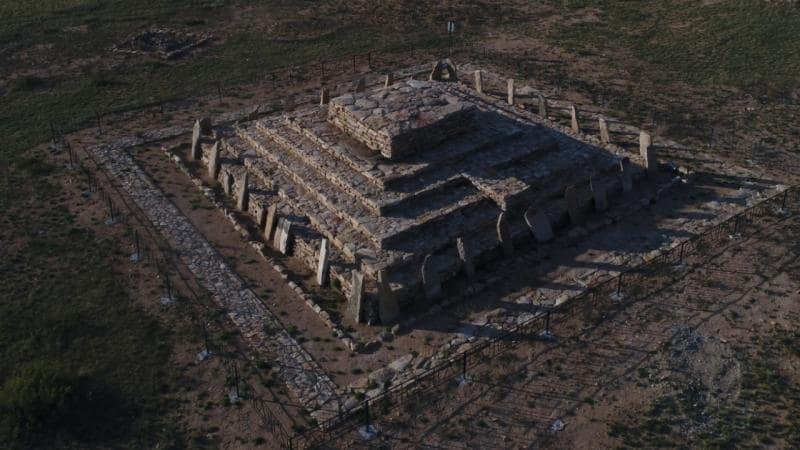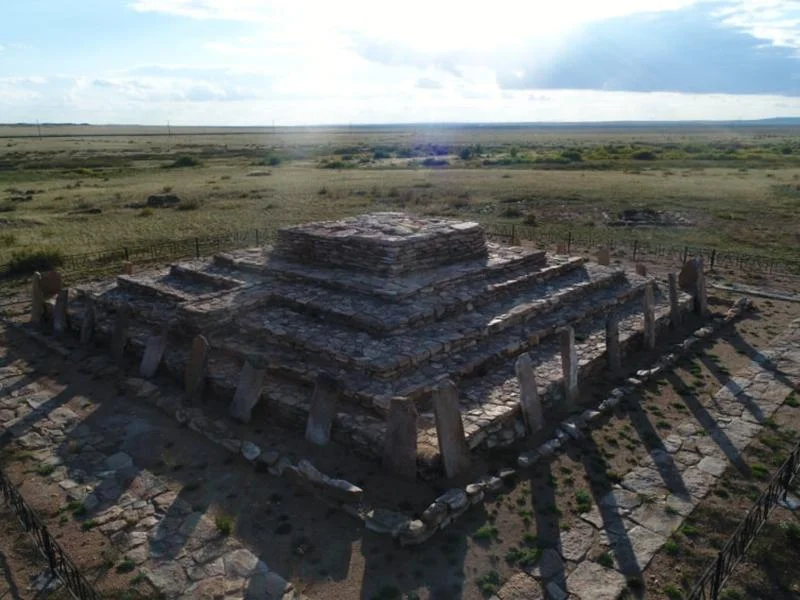During four excavation seasons at the Karajartas Mausoleum in the Shet district of Karaganda Region, archaeologists from Karaganda University in Kazakhstan unearthed a pyramid belonging to the Scythian-Saka period.

The pyramid, a pyramidal stepped mausoleum, is believed to be a mausoleum complex for a ruler from the Begazı Dandibay culture, a late Bronze Age culture that thrived during the last phase of the Andronovo period (2000–1150 BCE).
Dr. Aibar Kassenali from the National Museum of the Republic of Kazakhstan noted that carbon dating analysis indicates a construction date between the 14th and 12th centuries BCE.
Kassenali emphasized the cultural and spiritual significance of the discovery, stating, “The size of the mausoleum, and the fact that such a huge structure was built in the Bronze Age in a very arid region such as the steppe, is an indication of the high understanding of art and rich spiritual beliefs that the Begazi Dandibay communities have reached.”

Excavations in the region also revealed a proto-city settlement named Kent, covering an area of 15 hectares. Dr. Serhan Çınar highlighted the historical significance, noting that the settlement existed chronologically in the same period as Troy 4 in Asia Minor, the Early Mycenaean period in mainland Greece, and the advanced period of the Middle Kingdom in Egypt. The settlement featured walls, a planned street network, and water collection systems.
